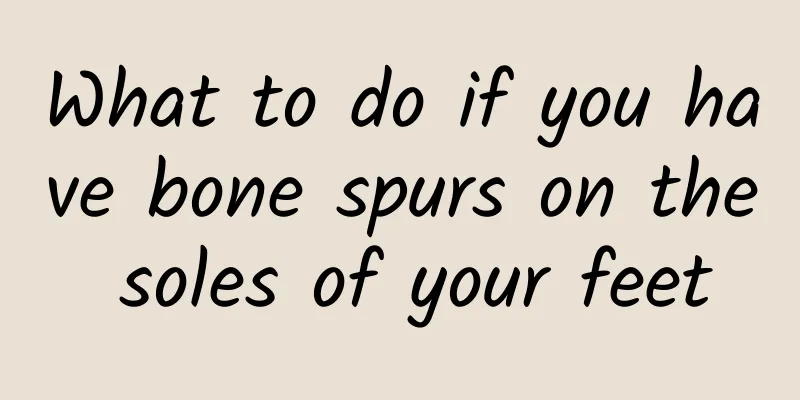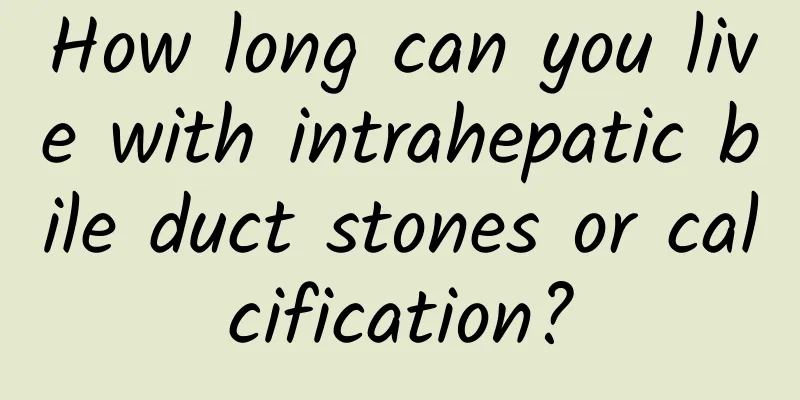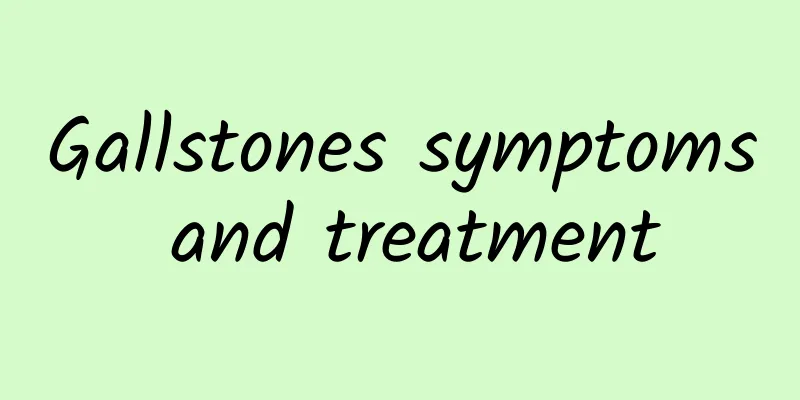What to do if you have bone spurs on the soles of your feet

|
Bone spurs on the soles of your feet may sound uncomfortable and bothersome. However, don't worry too much. This condition is medically known as plantar bone spurs and is a common orthopedic problem. Bone spurs on the soles of your feet are usually caused by long-term compression, stretching, or micro-injury to the plantar fascia, which causes calcium to deposit on the bones on the soles of your feet. Although the bone spur itself may not cause pain, it often irritates the surrounding soft tissues, causing pain and discomfort. When facing a bone spur on the sole of the foot, you can first try some non-surgical methods to relieve the symptoms. Rest is an important part, and try to reduce long periods of standing or walking to reduce the pressure on the sole of the foot. Choosing the right shoes is also critical, preferably those with good support and cushioning that can effectively reduce the burden on the sole of the foot. Using plantar pads or orthotic insoles can help improve arch support and thus relieve discomfort. At home, you can reduce inflammation and pain by applying ice. Applying ice for 15 to 20 minutes several times a day can effectively relieve symptoms. At the same time, you can try some simple stretching and massage exercises to relax the plantar fascia and surrounding muscles. For example, sitting in a chair and gently stretching your toes with your hands, or rolling a small ball on the sole of your foot can help relieve tight fascia. If these methods do not provide relief, it is recommended to seek professional medical help. Your doctor may recommend nonsteroidal anti-inflammatory drugs (NSAIDs) to reduce pain and inflammation. In some cases, your doctor may recommend physical therapy or even local steroid injections to relieve symptoms. Only in rare cases will surgery be considered as a last resort. Although bone spurs on the soles of the feet are uncomfortable, with proper care and treatment, most people can effectively relieve their symptoms and return to normal life. Maintaining a positive attitude and a healthy lifestyle, and paying attention to foot health, can help us better deal with this problem. I hope these suggestions can help you and make your steps light and worry-free. |
<<: What Chinese medicine can cure liver cysts?
Recommend
What are the late symptoms of cervical spinal stenosis?
In the late stage of cervical spinal stenosis, se...
How long does it take to recover from a radical surgery for perianal abscess?
The recovery time for a radical surgery for peria...
Can I eat instant noodles if I have breast cysts?
Patients with breast cysts can eat instant noodle...
How to check breast cysts?
The examination methods for breast cysts mainly i...
Early complications of fractures are
What are the early complications of fractures? 1....
What causes incomplete intestinal obstruction?
Incomplete intestinal obstruction is usually caus...
Who is most likely to develop gallstones?
The main causes of gallstones include genetics, p...
What medicine should be taken to treat breast cysts
The treatment of breast cysts depends on the spec...
How to eliminate breast cysts
Breast cysts are usually benign hyperplasia, whic...
Who is prone to kidney stones and urinary stones?
People who are at high risk of kidney and urinary...
Gallbladder stones Multiple gallbladder stones
If gallstones and multiple gallstones cause obvio...
Breast nodules disappeared after rubbing
The idea that breast nodules can disappear by rub...
When to do breast puncture
When suspicious lesions are found, the nature of ...
Do most people have gallstones?
Do most people have gallstones? This question may...
Can a child's pectus excavatum heal on its own?
Pectus excavatum is a congenital chest wall defor...









